Zerynthia polyxena
([Denis & Schiffermüller], 1775)
-
 Subfamily: Parnassiinae - Luehdorfiini
Subfamily: Parnassiinae - Luehdorfiini -
 Wingspan: 46-52 mm
Wingspan: 46-52 mm -
 Flight period: Mar - Jun
Flight period: Mar - Jun -
 Spread: Uncommon
Spread: Uncommon -
 Host plants: Aristolochia sp.
Host plants: Aristolochia sp.
Information
The Zerynthia polyxena also known as Southern Festoon is a butterfly that can reach a wingspan of 46-52 mm.
Distributed in most of Europe, it is absent from the Iberian Peninsula from the United Kingdom and Ireland, from the Benelux, Denmark, the Scandinavian Peninsula and some Baltic countries *.
In Italy, the butterfly is widespread below the Alps (below 1000 m) more or less up to the height of the Po.
In lower latitudes, the Italian endemism Zerynthia cassandra is found, it is completely absent in Sardinia *
Females have slightly larger wings, and usually lighter in color than males.
The base color of the wings is pale yellow, almost white, with a complex pattern of numerous black bands and spots.
The front wings have a small red spot in the radial area.
On the edges of the hind wings they have a series of red lunulae and
blue warning points to discourage potential predators (aposematic staining) .**
The body is dark brown and bears red spots on the sides of the belly.
adults are active for no more than 3 weeks. Females lay their eggs individually or in small groups on host plants.
The eggs are spherical and whitish at first, bluish in color before hatching.
The young caterpillars feed at first on the flowers and shoots, while after the second molt they feed on leaves.
The host plants are the aristolochie, notoriously toxic; assimilated by the caterpillars, they pass into the adult making it inedible.
Univoltina the adult appears in warm, sunny and open places such as vineyards, river banks, wetlands,
in grassland areas from the first decade of March if the season allows it.
The last adult specimens are visible towards the end of May, if the season was particularly cold even at the beginning of June.
Very localized, but also present with numerous populations. The main cause of threat is the disappearance of suitable habitats;
is a protected species at European level.
The caterpillars of Zerynthia polyxena are up to 35 millimeters long. They are initially black then are greyish with purple hues and with a series of fleshy red-orange growths
with black apex. More information is available in the documentary at the bottom of the photos.
As mentioned, the host plants are the Aristolochie, in particular the Aristolochia rotunda.
*Lepidoptera mundi https://lepidoptera.eu/ - Fauna Europea https://fauna-eu.org/
** Bestimmungshilfe für die in Europa nachgewiesenen Schmetterlingsarten - http://lepiforum.de/


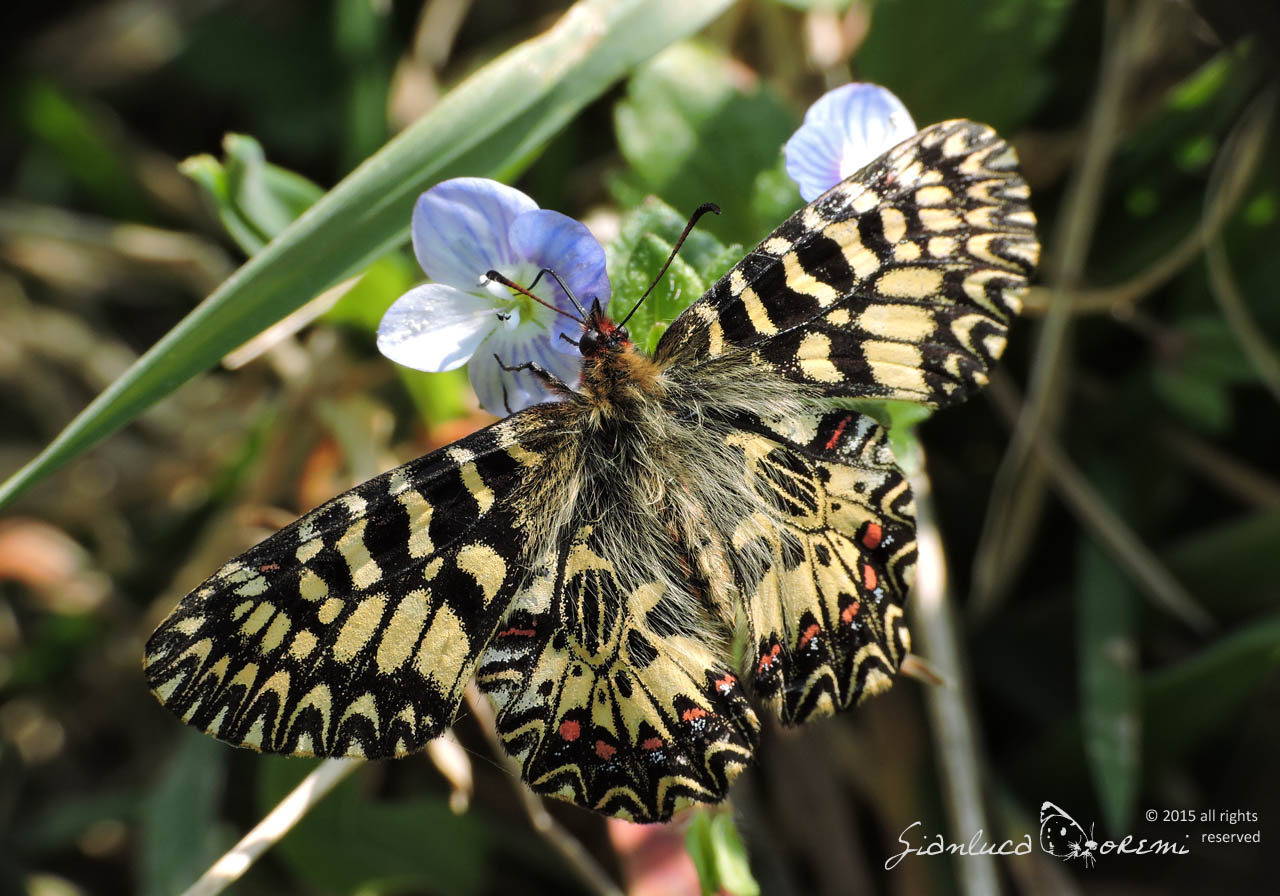
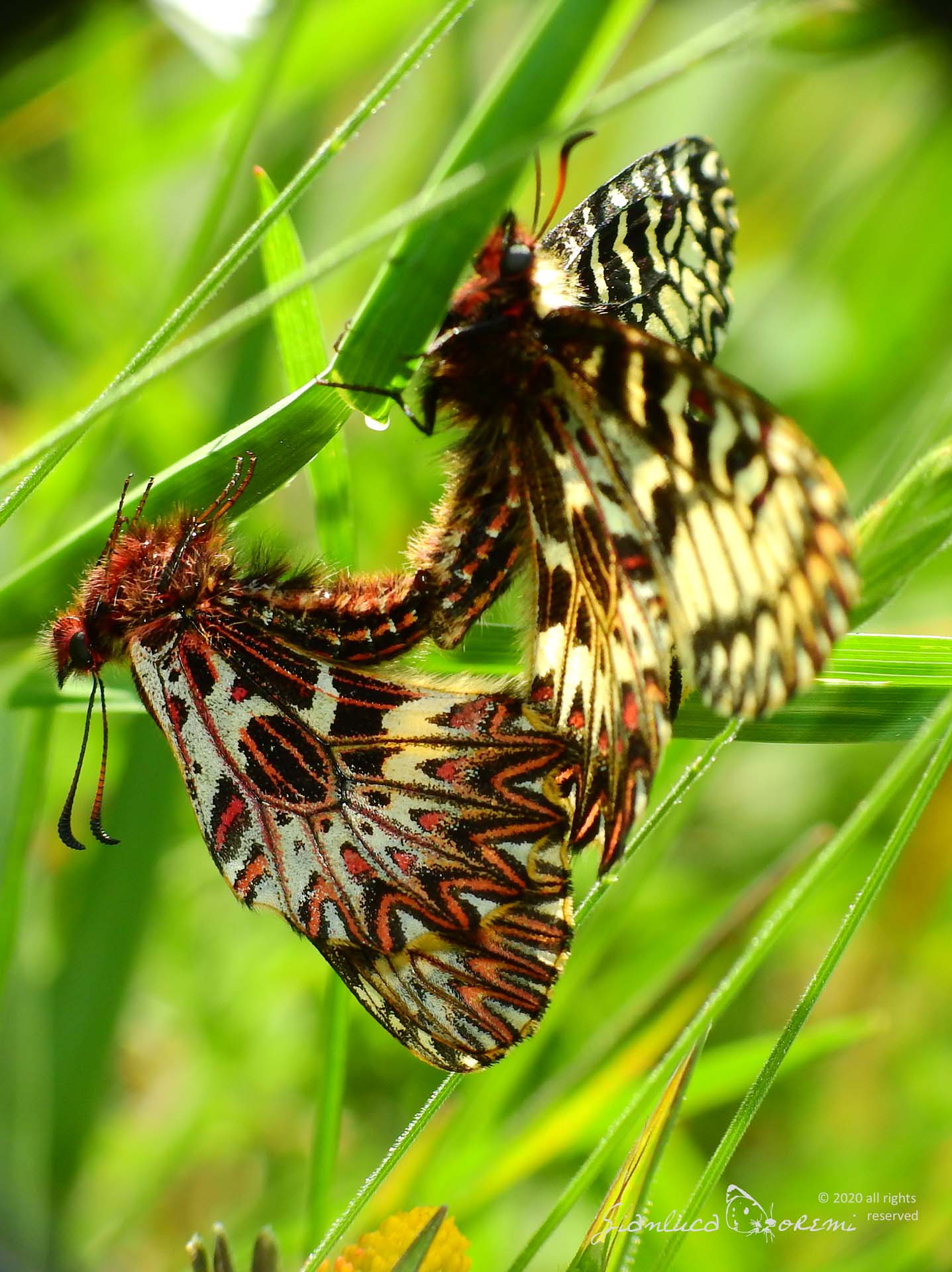
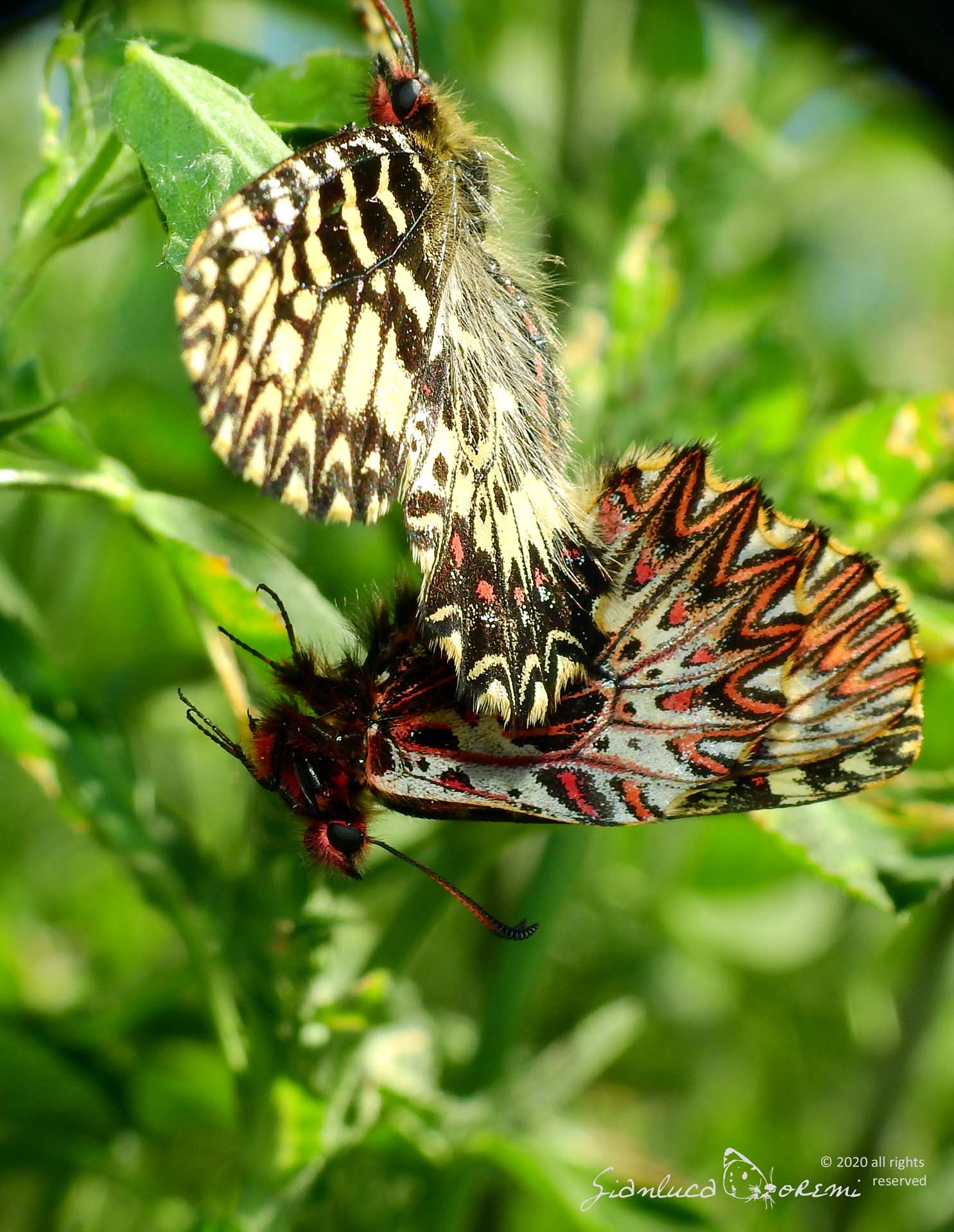

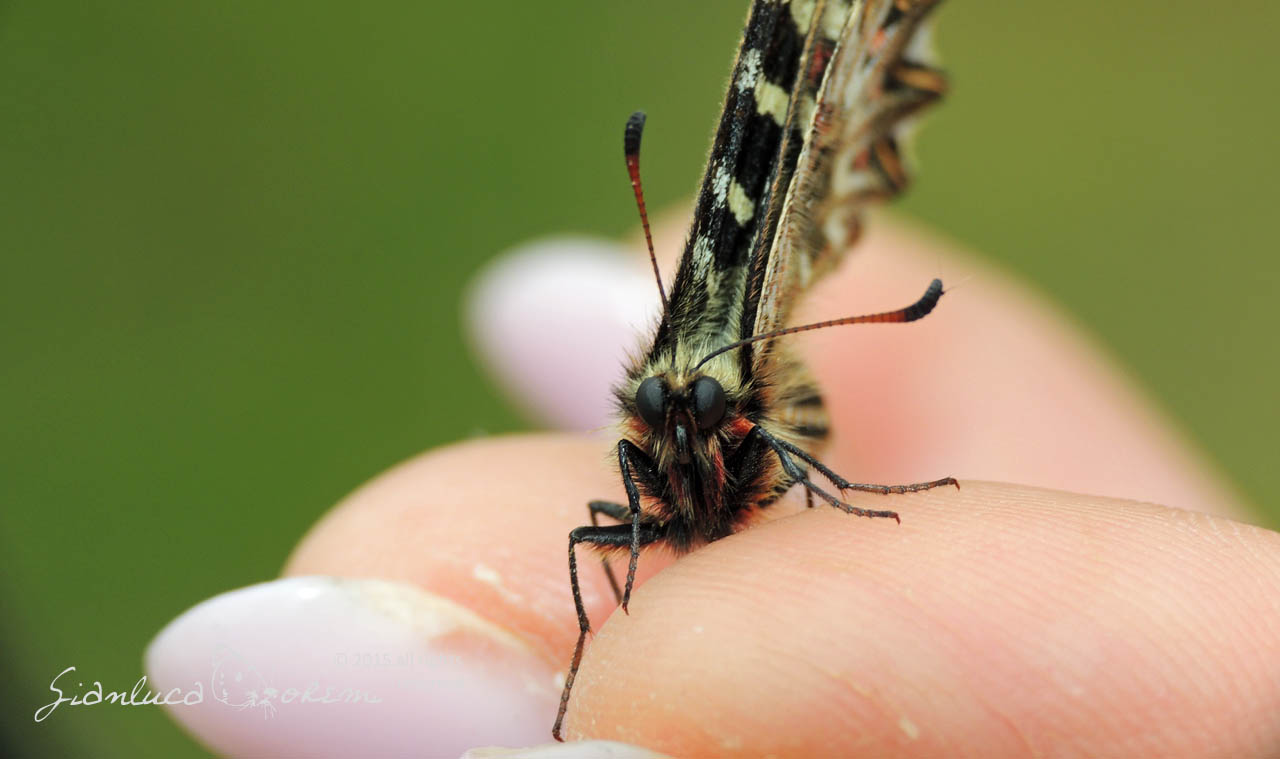

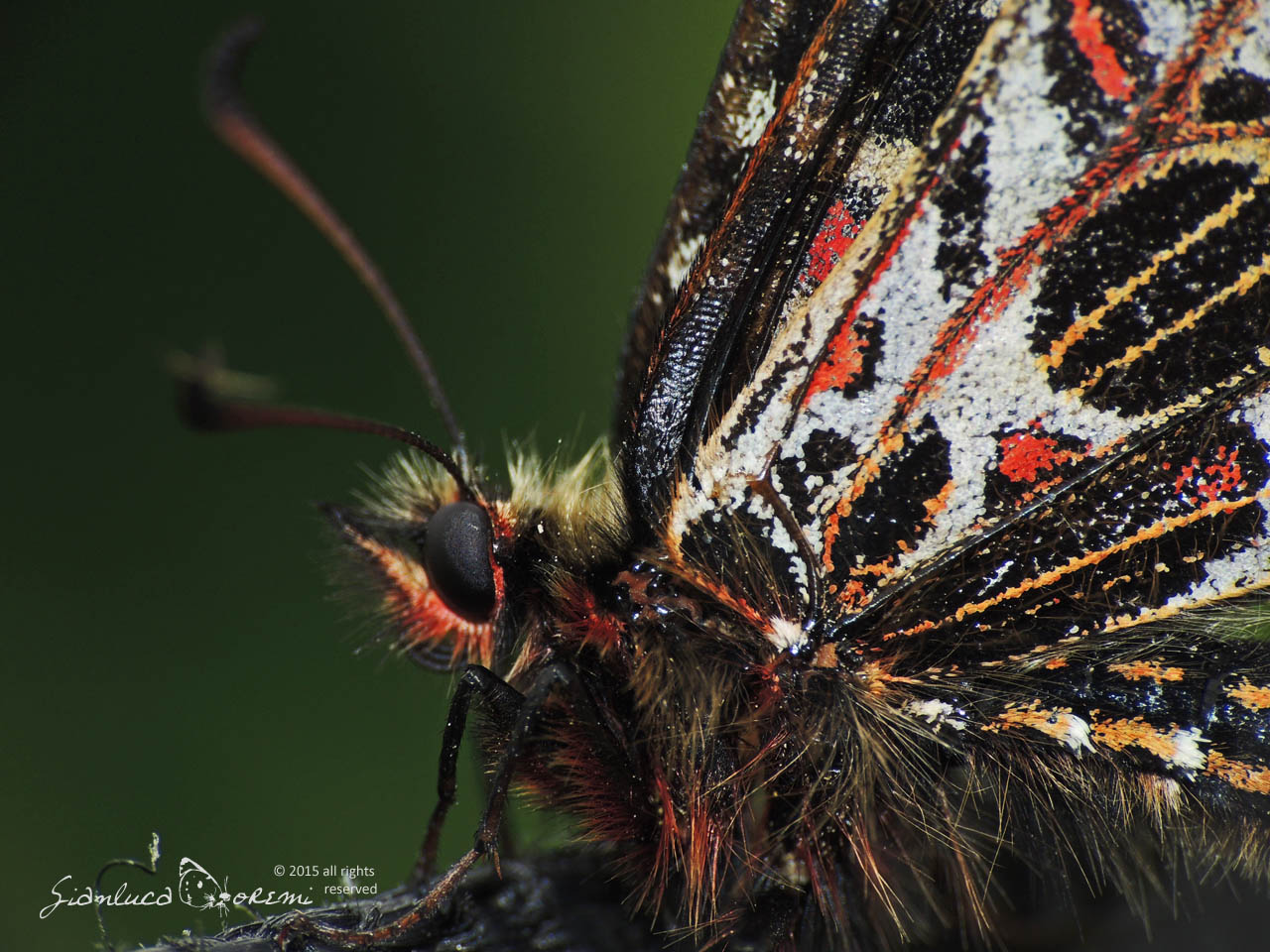
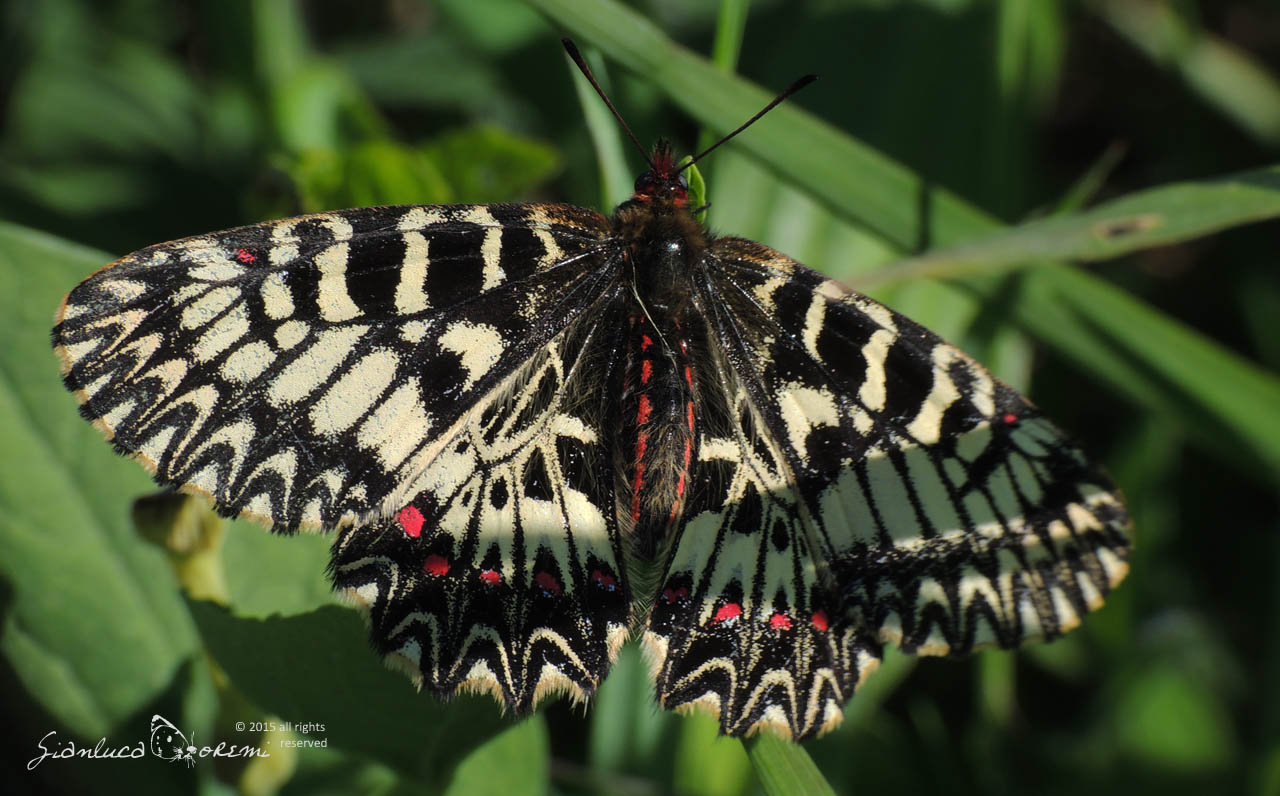
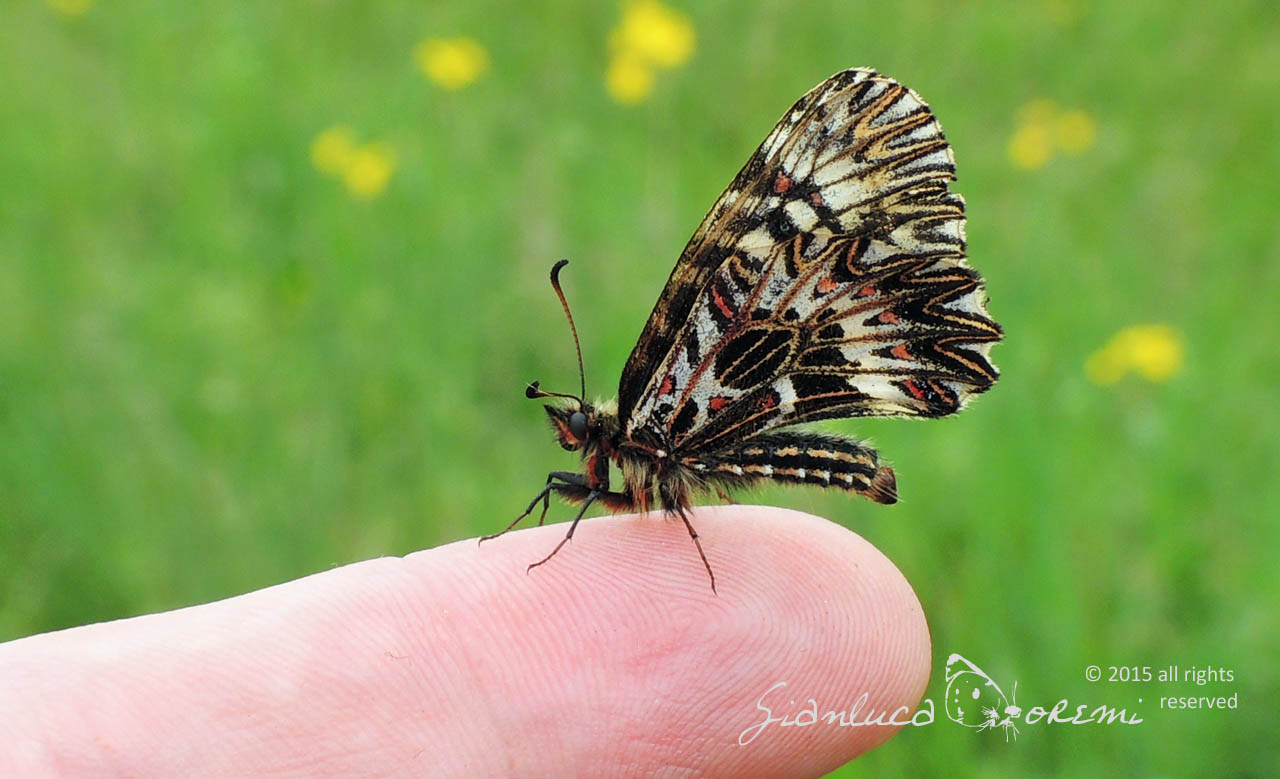
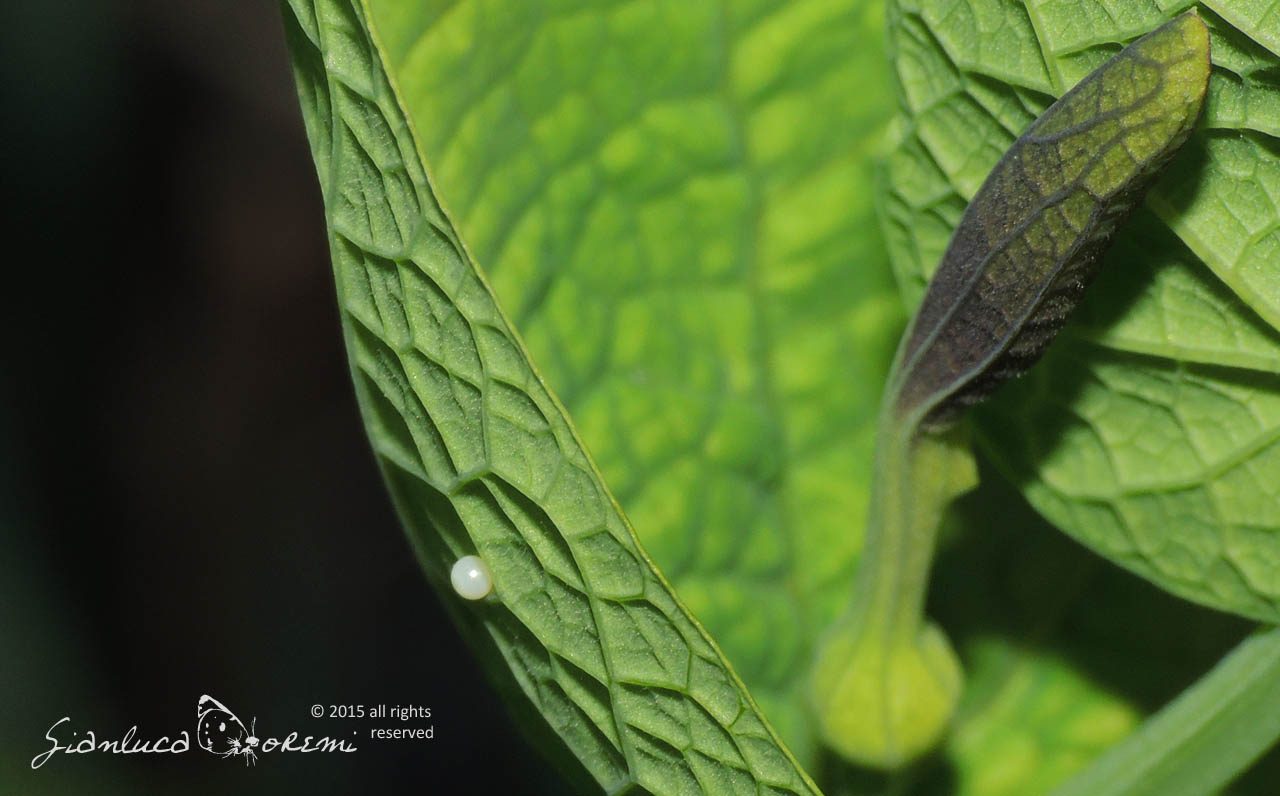


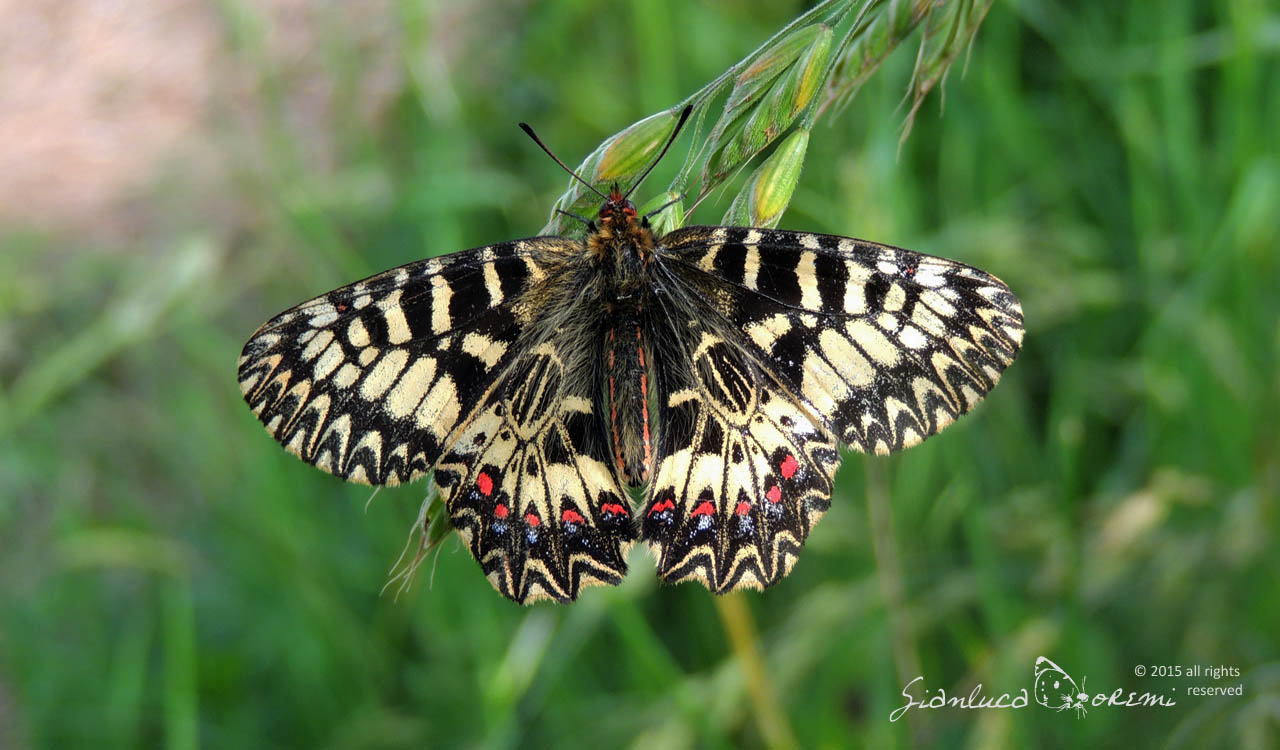
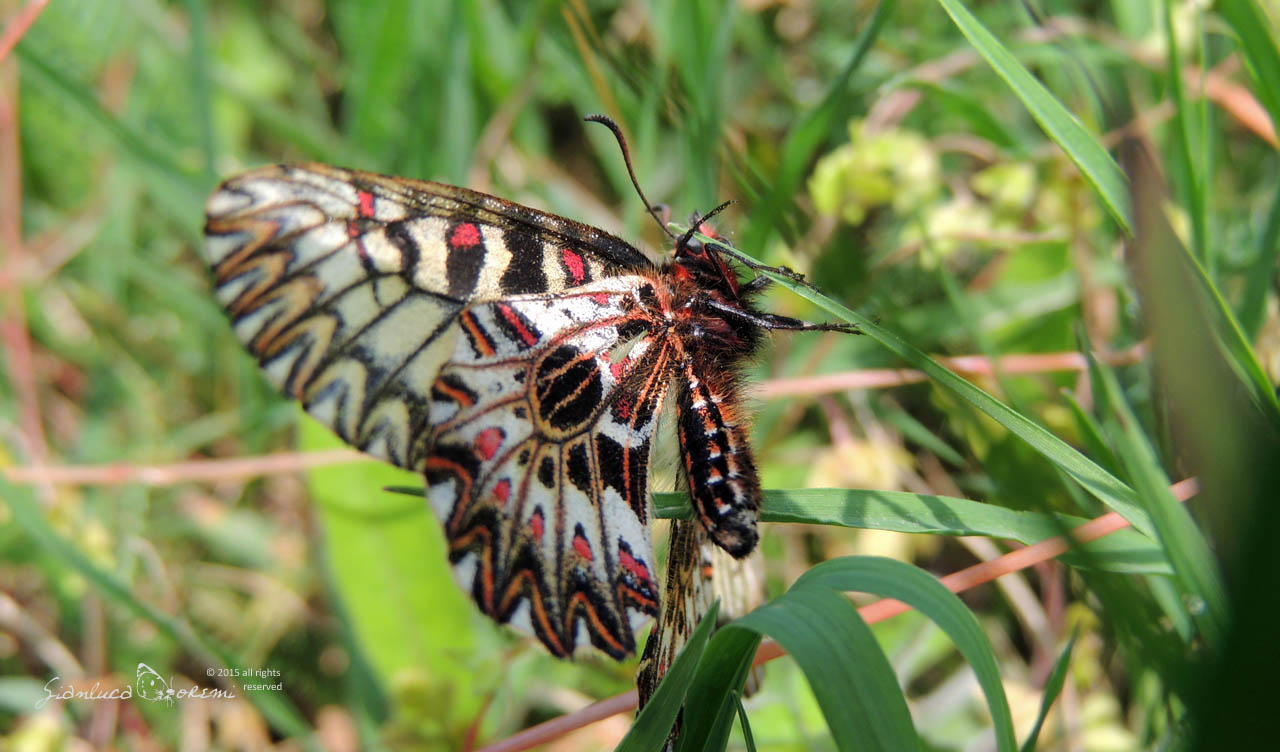



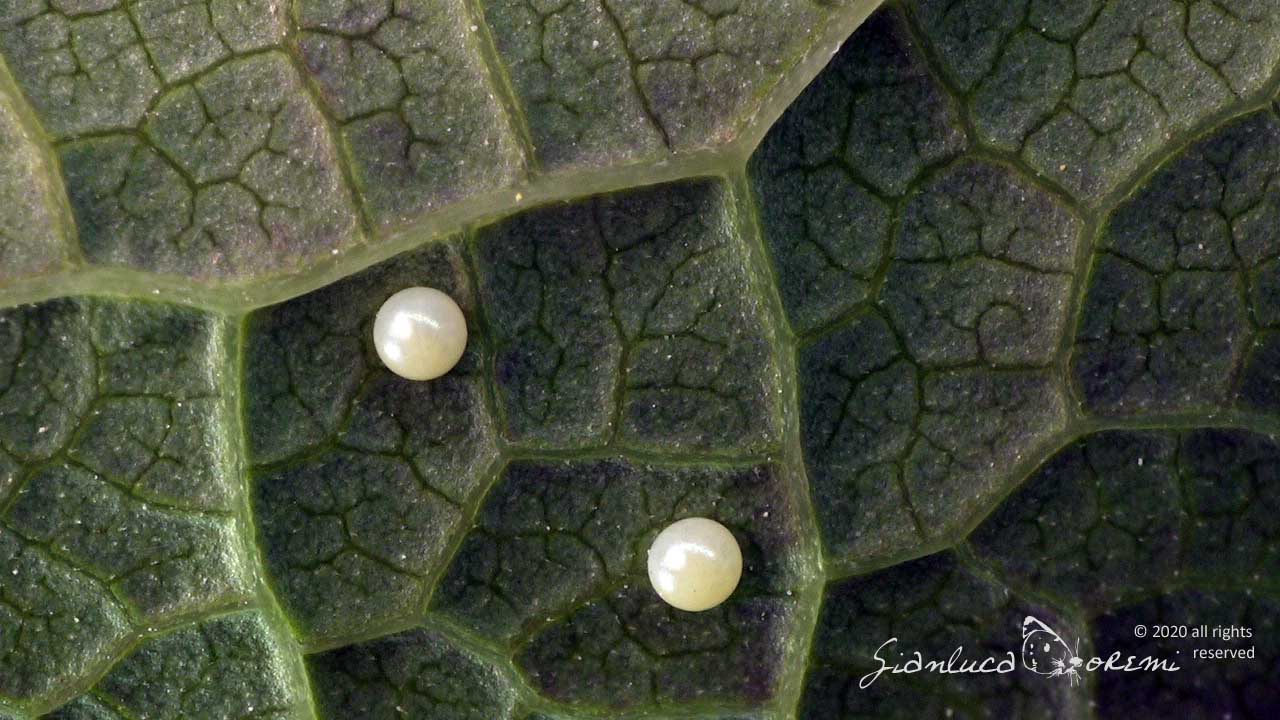

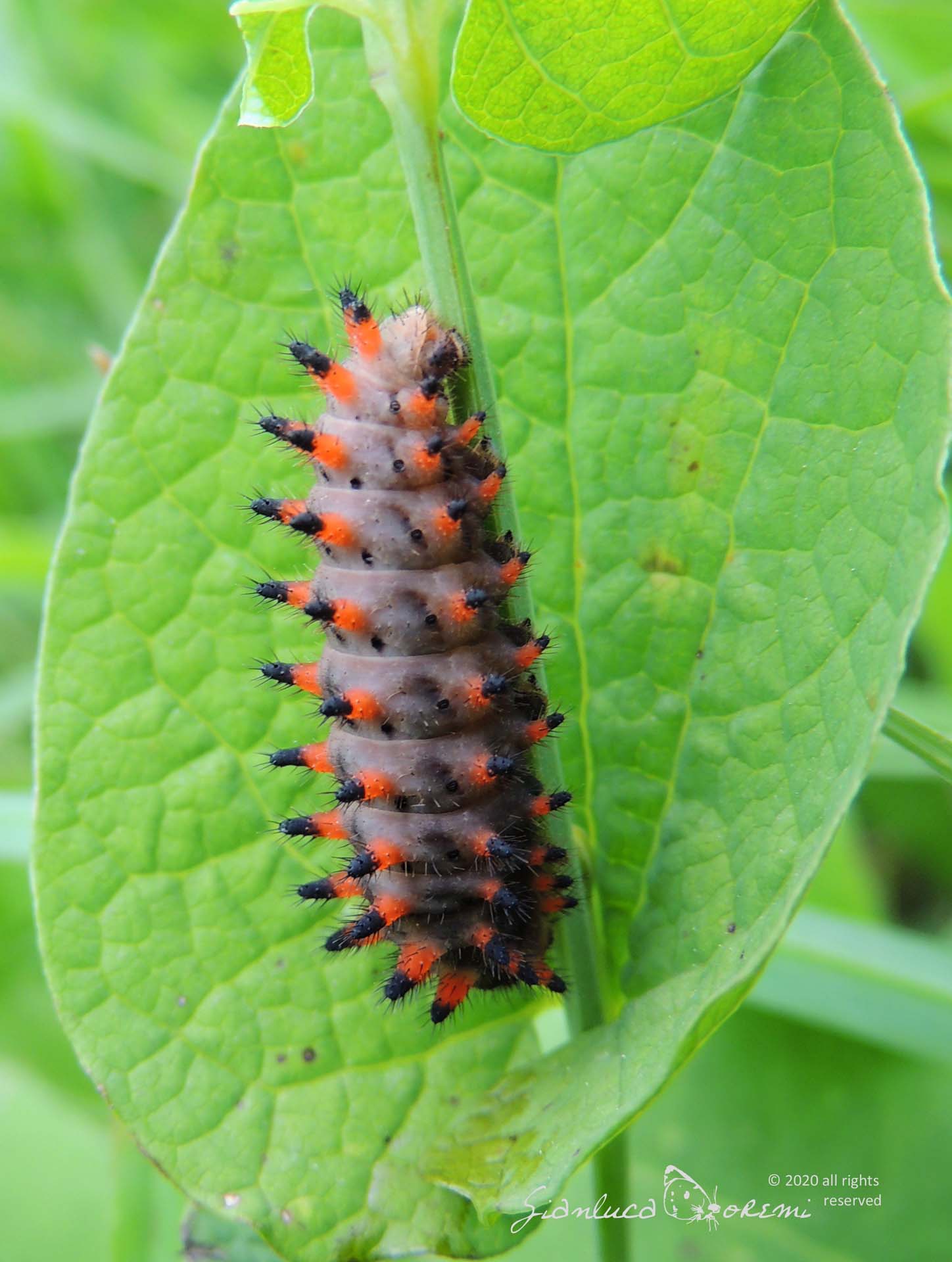
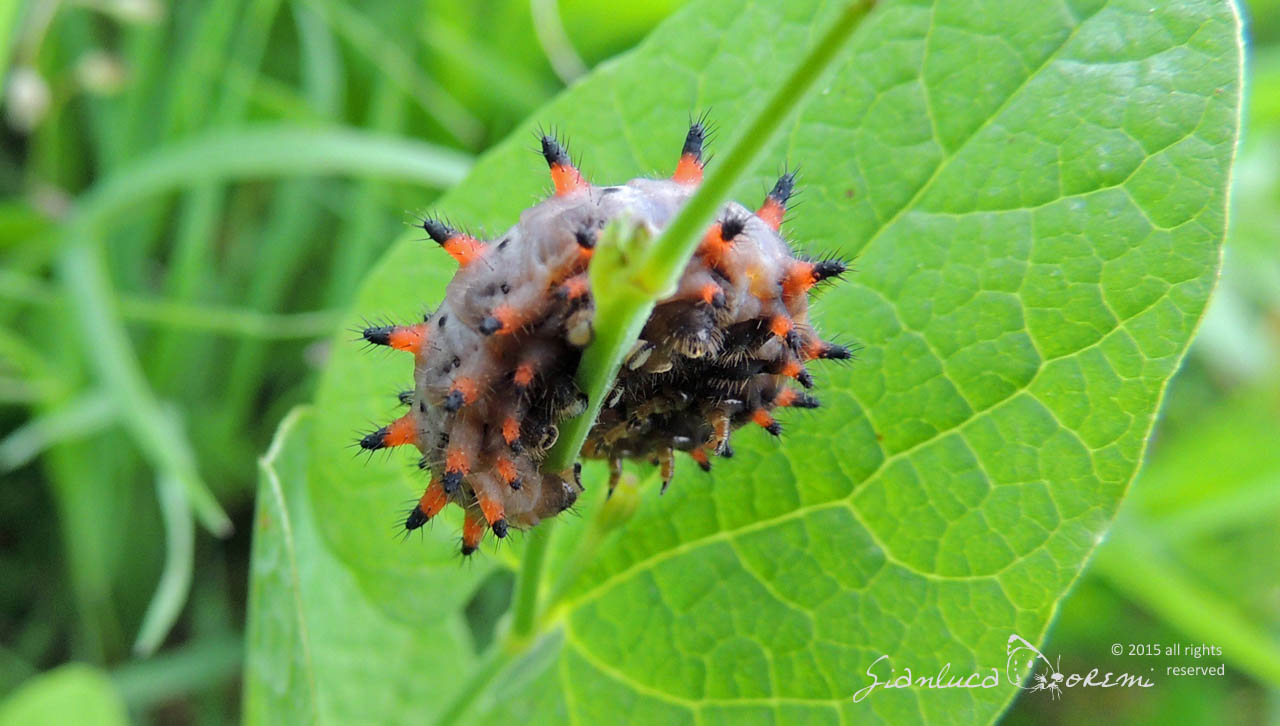
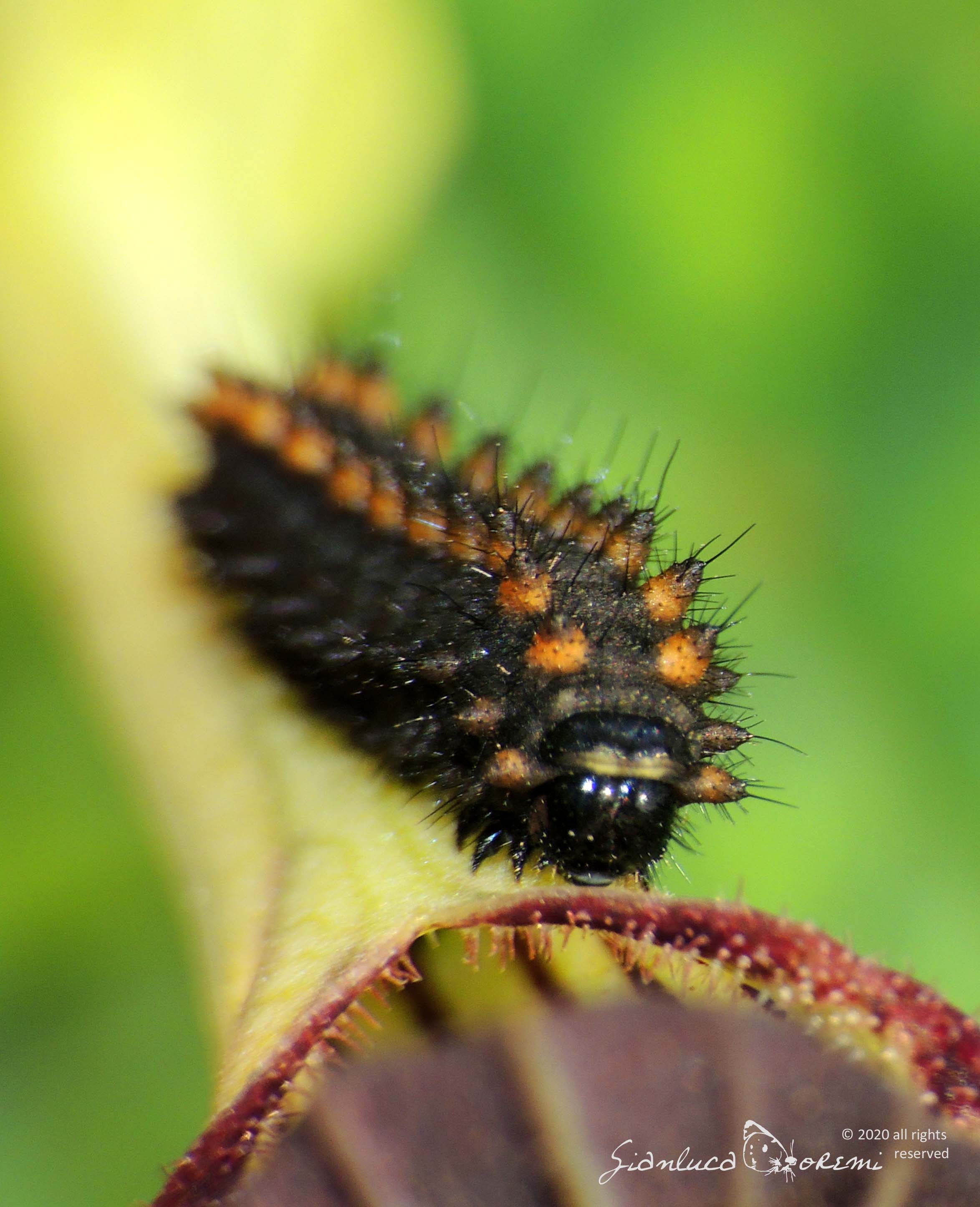
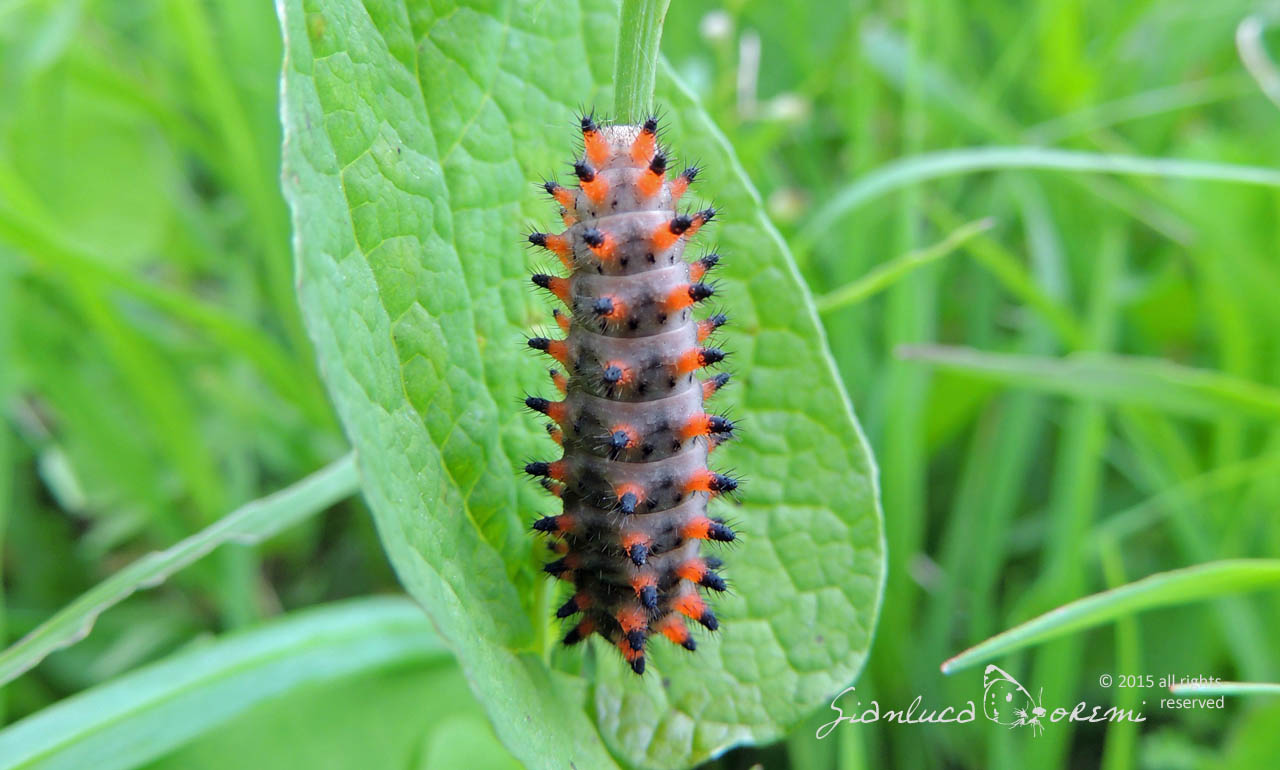
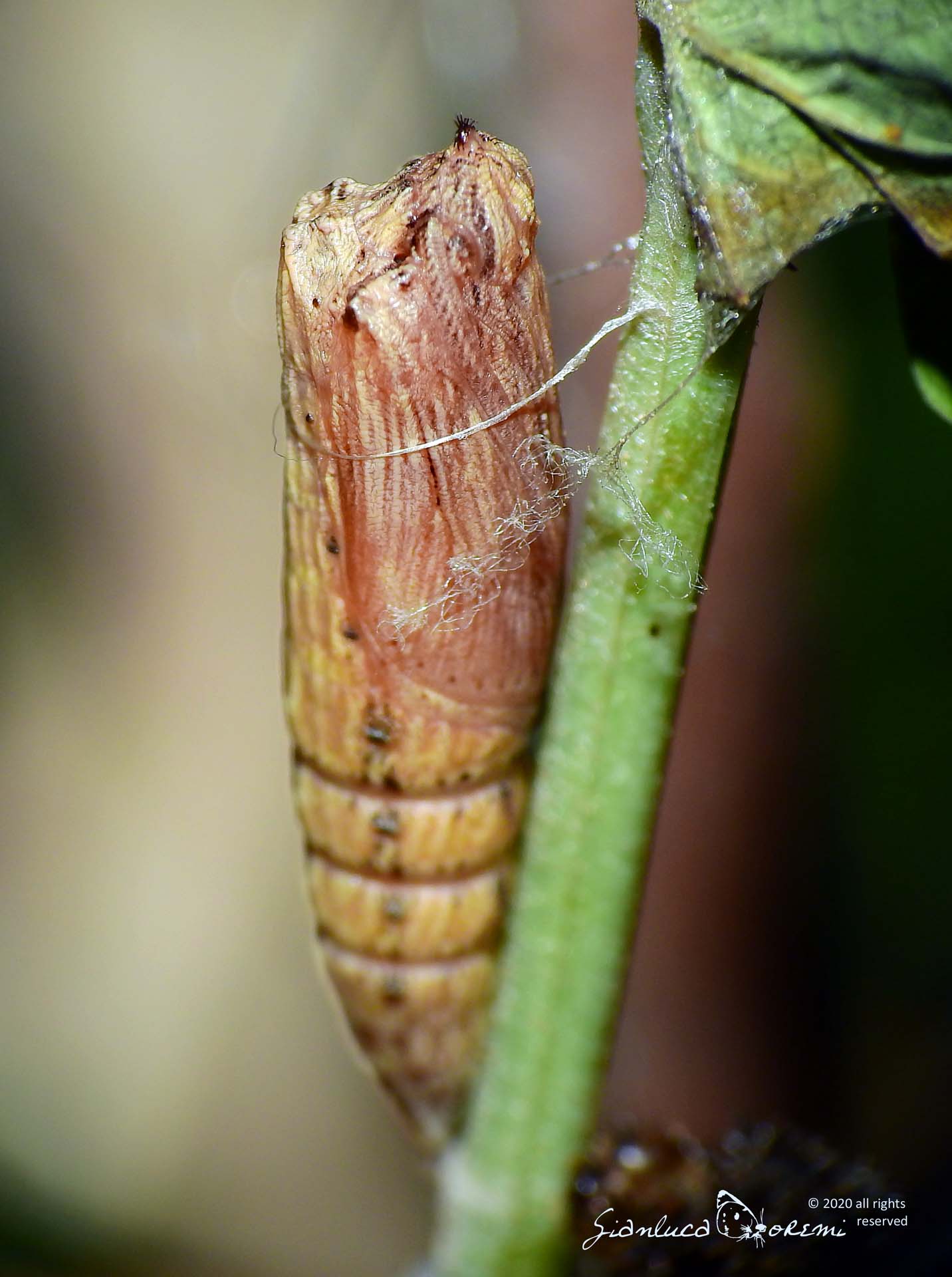


 EN
EN ITA
ITA
Social and publications